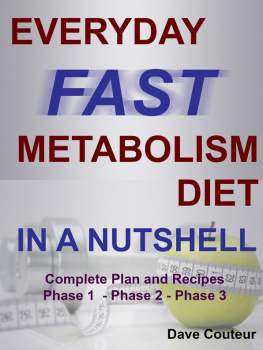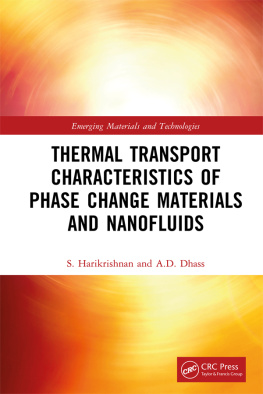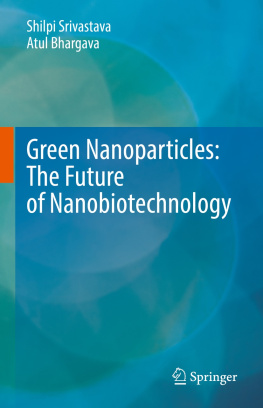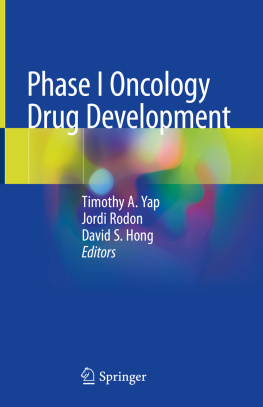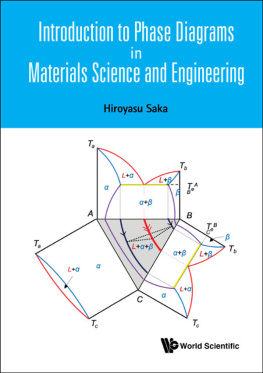1. An Introduction and Overview of Food Science on Day Today Life
Abstract
Food science is said to be one of the vast developing fields all over the world. This chapter completely deals about the brief introduction of food science, its origin, evaluation, storage techniques, packaging, etc., This food science can be evolved from different types of sources, like plants and animals which plays a major role in day today life. This chapter also comprises of important components present in the food science such as carbohydrates, proteins, vitamins, fats, oils, etc., and also this chapter deals about the importance of food technology in various applicational studies, for example, nanobiotechnology, agricultural fields, etc., overall this chapter comprises of importance about food science and its regulation which will facilitate the upcoming researchers to focus on food science.
1.1 Introduction
Food science is one of the rapidly growing fields in all over the world. In an easier way it is known to be a major scientific way to study about food and its regulation. Food science comprises of various applicational disciplines like health science, biochemistry, chemistry, biology, physics, genetics, nutritional science, statistics, etc., are utilized to deliver a safe and nutritious product to the consumers (Smithers ).
Cultivation of crops and domestication of animals were an achievement for humans. The Bronze Age was the beginning for humans to prepare varieties of food which can be stored and stop exploiting animals for food (Hardy ). Food is a substance which provides nutrition to grow and maintain health. A healthy diet and regular physical activity is the foundation of good physical and mental health. Consuming healthy food is not very complicated only calories count and variety is important. Food science is the scientific discipline deals with chemical, biological, physical, microbiological and other important aspects of food.
Human being depends on plant and animals for essential nutrients like carbohydrates, fat, protein, vitamins, minerals etc. Each and every component of nutrients has to be taken in the proper amount. The energy intake should be balanced with the corresponding energy expenditure. The poor intake or unbalanced diet is the main reason for reduced immunity.The balanced diet can prevent foodborne diseases and malnutrition . Fats, proteins, carbohydrates, vitamins, minerals intake should be managed according to the profession and activity. Physical fitness is the ability to perform daily physical tasks without fatigue; it involves muscular endurance, flexibility, body strength, body fat composition. The diet plan is most important while training for athletes. Each and every nutrient has its own significance. For example-The athletes require more calories with high protein and carbohydrates content due to the involvement in more physical activities. Food sciences analyze and study the change which occurs during the different process of production, storage, and packing. The quality of the prepared food depends on parameters like temperature and composition change during the preparation, pressure change during packing, the use of different gases during the production and packing. Plant and animals are the main sources of nutrients for human beings. Most of the nutrition can be obtained and fulfilled from plants directly. A country like India mainly depends on plants for food. Most of the crops like maize, wheat, rice results from plant seeds. Plants have different edible parts- roots, stem, flowers, leaves and most importantly fruits which are main sources of vitamins for humans. Poultry farm is a place where rear birds and animals are nourished with eggs, meat, milk. Animals are used directly for meat and indirectly for milk, eggs etc. Milk is one of the most important sources of calcium and protein. Plants generate food by the process of photosynthesis. It is a process which converts light energy into chemical energy by consuming carbon dioxide. Green plants are classified as photoautotrophs. Prototroph are organisms which are able to synthesize their food themselves using light as the source of energy. As a result of photosynthesis, sugars are obtained which can readily be consumed by humans. Nowadays, many people find wine tasting a recreation. Preparation of wine involves the process of fermentation. The preparation of the wine is a scientific process and involves attention. The appearance, clarity, odor, taste, after-smell, finishing depends on the time of aging and the process. The clarity of the wine is viewed at the angle of 300450 against the bright light. The viscosity of the wine is affected by sugar, alcoholic and glycerol content. The study of the wine requires analytical chemistry techniques for inspection. Nutrition supports illness and takes care of human health. Based on the availability of the food resources, the flavors and the diet varies from country to country. For example- the extensive production of coconut in the southern part of the India makes the coconut oil first choice for cooking. Coconut oil is one the healthiest oil available. It contains medium chain fatty acids which are saturated and makes it easy to digest. Agencies like International Association for Food Protection, World Resources Institute, World Food Programme, Food and Agriculture Organization, and International Food Information Council monitors the food security and safety. According to World Health Organization (WHO), children under the age of 5 years are more prone to foodborne diseases. Long-term intake of contaminated food can cause long-term health problems. Awareness is biggest problems for the countries fighting foodborne diseases.
1.1.1 Food Science Origin and Evolution
This food science can be practiced by thousands and thousands of years ago, maybe before history was recorded food science has been practiced (Wrangham ).
Nowadays the transformation of food is completely reliable on reactions performed by enzymes, in another term it can be called as fermentation . These processes of fermentation were introduced several past decades. In ancient days several processes of molecular systems were involved by fermentation engineers and food enzymologist, Examples like flat bread are prepared from bread dates in 30, 000 BC, whereas these type of bread were still prepared in several countries in Egypt, North America, Europe, etc., (McGee ). In later 18th and 19th century the revolutions protested by industry modify the entire society which leads to loss of habitat and scarcity of food materials and also it leads to increase in the population through improved health, medical facilities, and better sanitation. This population increase has to feed with food, whereas identified that the nineteenth century would suffer in hunger and starvation due to unpredictable increase in population growth.
To overcome these drawbacks (Henry ) came to an output of mass production of food for providing food to the rapidly growing population. But this mass production also has a drawback of storage and transportation. For this transportation and storage process, Louis Pasteur thermal treatment known as Pasteurization plays a role to increase the shelf life of foods and also decrease the bacterial contaminants of the food material which are packed and transported. These Pasteurization processes were majorly utilized in several industrial sectors of food processing.


